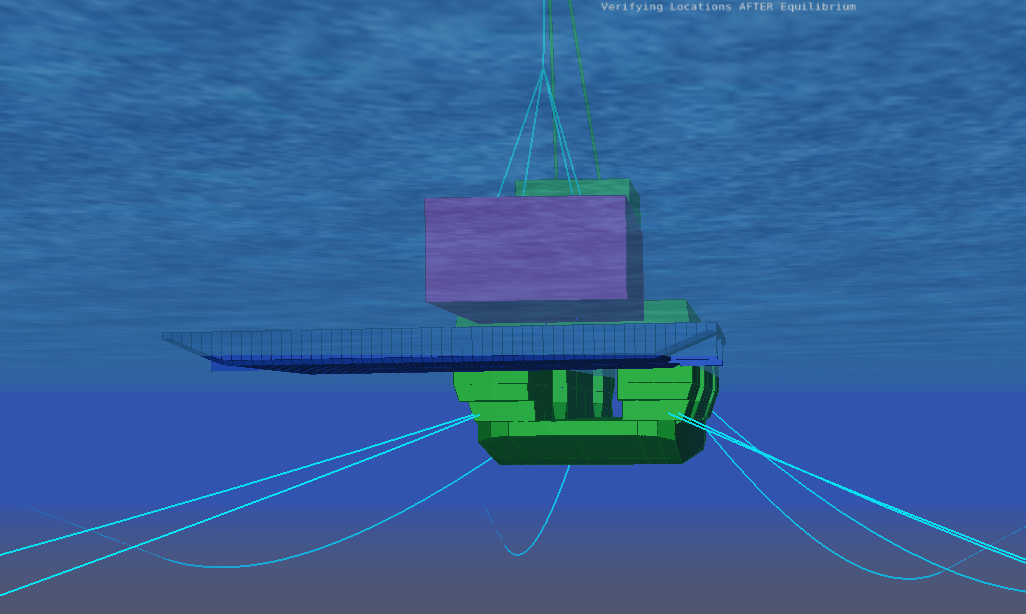Resources
MOSES is advanced hydrostatic and hydrodynamic software that provides
for the accurate calculation and simulation of offshore floating systems. Its analysis capabilities and scripting language can be applied in the frequency domain and time domain for both offshore oversized installation problems and in-place analysis of FPSOs and floating platforms. More than 30 years of focus on these specialized requirements have made MOSES the analysis mainstay for most
of the world’s offshore installation projects.
MOSES is available in three
packages to suit all design office requirements: MOSES, MOSES Advanced, and MOSES Enterprise.
Key Functions
Morison’s Equation can be used for a combination of plates and tubes with hulls to form a structure, or simulate a semisubmersible or self-floater
Model Generation of a structure is treated as one or more hulls and a set of tubular and/or plate elements which are assembled into a single body
Automatic Mesh Generation of hydrostatic, hydrodynamic and plate meshes. The program refines a coarse mesh and calculates the intersection, union and difference of defined polygons used for mesh generation
An Extensive Vessel Library is supplied
Automatic Ballasting computes the ballast necessary to maintain equilibrium, given vessel configuration (draft, trim and heel) and loads.
Minimum Ballast Movement required to achieve a new vessel configuration is calculated
Curves of Form can be generated for a set of drafts and trim angles and include displacement, waterplane area, locations of buoyancy center and center of flotation, transverse and longitudinal KM, load to change draft and moment to change trim
Intact and Damage Stability with righting arm curves can be generated for a range of drafts and trim angles. Results include righting arm, wind heel arm, area ratio and minimum height of down-flooding points.
Longitudinal Strength showing bending moments and deflections of a loaded, ballasted vessel are computed.
Jacket Loadout Calculations
Nonlinear Slowly Varying Wave Drift Forces can be included in the frequency domain
Environment can include current, wave spectrum, and wind
Response Amplitude Operators (RAO’s)
Multibody Equilibrium automatically includes wind
Anchors can be automatically moved to achieve a specified tension
Multiple Bodies can be repositioned with lines automatically adjusted to equilibrium
Lifting and/or Flooding can be simulated for upending the structure
Large Deflection beam capability
Strip Theory is fast and efficient for traditional hull shapes
3D Diffraction Theory captures bottom effects and hull interaction
Simulation determines the time-history response of the system
Dynamic Simulation in time domain treats all bodies with 6 degrees of freedom.
Frequency Domain Stress Analysis allows member and joint checks to be considered spectrally
Consider the effect of structural dynamics on the integrity of the structure


